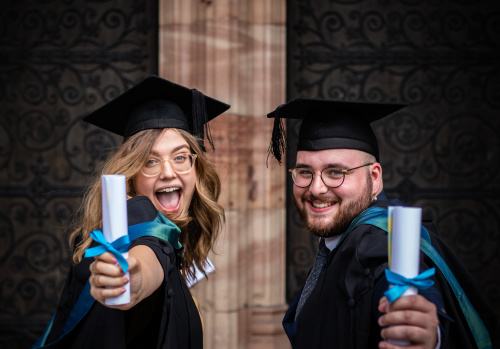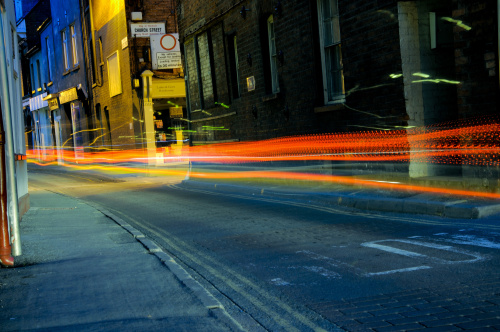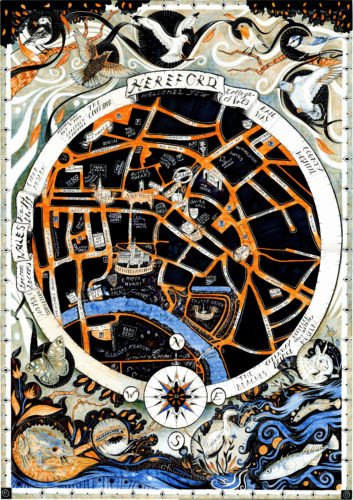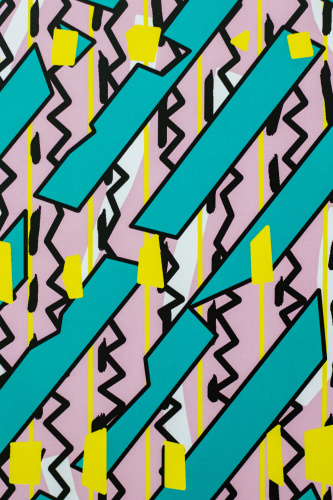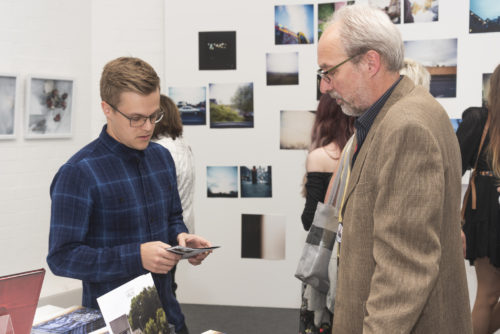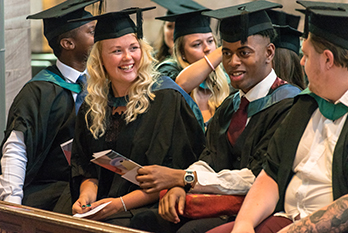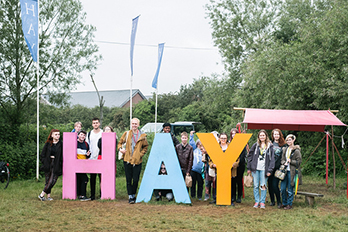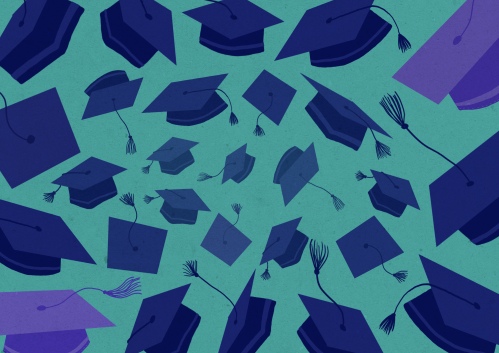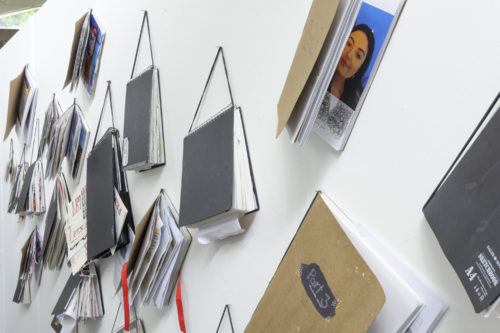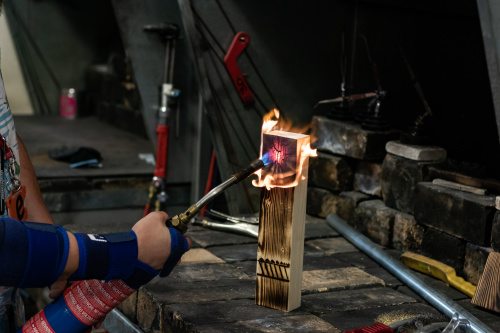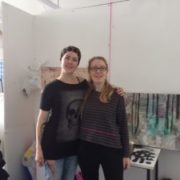GLAD 2017 Conference – mapping pathways for creative education
Published on 06.04.17
I left the GLAD conference yesterday with colleague Neil Hadfield feeling inspired, challenged and reflective; all great spaces to mentally inhabit. It’s interesting how this kind of knowledge-exchange can change and shape our mental landscapes. There were two key themes I took forward. The first was around our particular discourse within creative education. The
Categories
I left the GLAD conference yesterday with colleague Neil Hadfield feeling inspired, challenged and reflective; all great spaces to mentally inhabit. It’s interesting how this kind of knowledge-exchange can change and shape our mental landscapes.
There were two key themes I took forward. The first was around our particular discourse within creative education. The first keynote from Dr Steven Jones discussed the public discourses of Higher Education and how these work to create a dominant discourse that is largely negative, when statistics can be interpreted in different ways. We considered how the language of HE is close to the language of commerce and the market; education as transactional in approach and students ‘as consumers’ rather than, I assume the possibility of them being producers, change-agents or collaborators.
Professor Susan Orr provided more threaded thoughts to reflect on in her final keynote, which looked at creative pedagogies – the teaching and learning of the studio, the creative practitioner and how this links to external frameworks for teaching excellence such as the TEF. This was a great keynote which reminded me of my post-TEF reflections here at HCA that tended to articulate good practice in the language of contextual/critical studies rather than trying to find a language to describe studio culture.
Perhaps one reason for this is that the language of humanities and social sciences can feel less complex than the various multilayered and often tacit approaches to teaching you find in the studio environment. Cathy Gale’s afternoon seminar looked at ideas of ambiguity and how this can be embraced, articulated and create/motivate students. I loved the ideas here; that ambiguous thinking creates an in-between space which supports transformative learning – creating an environment where students can find passages across boundary-concept and where rules are re-designed by students and re-negotiated with staff. They have a digital space – @altartschool on twitter.
Research into ideas of the art school was part of a fascinating presentation about Alex Clegg and his work in the West Riding Education Authority. Here, what I found particularly resonant were ideas of leadership, influence and the power of a creative education to inspire communities – and how we must bring art back into other subjects at GCSE to try to ensure Clegg’s work maintains a legacy.
It was great, too, to hear Hull College group’s work supporting students with collaborative skills through experiential learning using a co-created games platform. Again, this was about communication and creating spaces to enable self-awareness. Establishing a context for these conversations was important, too – tutors here had to negotiate with external coders (as part of a wider European research project), students and the needs of the platform much as the platform was designed to support students in having truly productive learning conversations.
The second thought I left with was around ideas of place; our place here in Hereford, and how this feeds into the wider discourse of creative education. We are distinctive both because of our specialist provision and our inhabiting a space between the FEC and the HEI; different from many larger HEI’s and College-based Higher Education providers in terms of landscape, pragmatics and scale. This calls for careful introductions to be made and paths to be created. It was great to add our very particular voice to the conversation yesterday.
As an institution we have developed our own traditions and particular creative practices – our own discourse. This, too, needs to be explored, developed and articulated if we are to fully develop our creative conversations internally and externally.
Huge thanks to the Group for Learning in Art and Design for organising such an interesting conference. It was great to be a part of it.
